News & Stories
Researchers from Yale and Carnegie Mellon Universities say that intermediate/semivolatile organic compounds emissions from asphalt increase with higher temperatures and exposure to sunlight. They say this means emissions from our roads and roofs are greater during the summer.
The researchers published their findings in Science Advances noting that emissions rose dramatically, 300%, with moderate exposure to sunlight. They highlight that asphalt, however, is not commonly included in urban air quality management plans.
Using our recommended five tips, Global Action Plan reviewed the study:
| Questions to ask to get to the truth | Our response |
| 1. Does the article refer to a report to back up its claims? |
The article refers to a peer reviewed study published in Science Advances.
|
| 2. Who is behind the study it refers to? |
The study is authored by researchers Peeyush Khare, Jo Machesky, Ricardo Soto, Megan He and Drew Gentner from the Department of Chemical and Environmental Engineering at Yale University and Albert Presto from the Department of Mechanical Engineering at Carnegie Mellon University.
Yale University is ranked 8th in the world by The World University Rankings, while Carnegie Mellon ranks 28th. |
| 3. How fantastical and radical is the claim that is being made? |
The researchers used lab tests to determine the effects of time, temperature and sunlight on intermediate/semivolatile organic compounds emissions and aromatics of from real-world asphalt.
|
| 4. What geographical region does the claim refer to? |
The study was conducted using real-world samples of US asphalt. |
| 5. What is the sample size of the study? |
Researchers completed tests at 20oC intervals from 40oC to 200oC. New pieces of real-world asphalt were used at each temperature step. The measurement was repeated three times at each step.
They completed tests over time for a period of seven days.
The effect of solar exposure was measured over time, hourly over 18 hours.
|
Want to talk to us about any of our projects? Please get in touch with us here.







